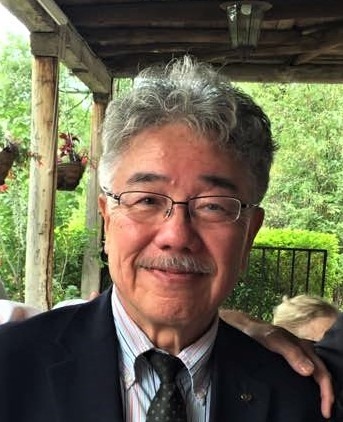After two seasons of cancellations and restricted offerings due to COVID-19, the Santa Fe Opera (SFO) returned to its former glory this summer, with a full offering of five operas: Barber of Seville, Carmen, Falstaff, Tristan und Isolde, plus the world premiere of M. Butterfly. The five performances I saw were well attended but not sold out, a sign of the lingering ill effects of the Pandemic on the performing arts.
It’s the practice of Santa Fe Opera to engage a mix of established stars and up-and-coming talents in principal roles, with supporting roles and chorus mostly taken by Apprentice singers. This year was no exception, with such top-flight veterans as Tamara Wilson (Isolde) and Quinn Kelsey (Falstaff) singing alongside fast-rising young artists the likes of Elena Villalon (Nannetta) and Nicholas Brownlee (Kurwenal). If you want to hear wonderful voices, Santa Fe Opera is the place to go.
Seen on August 1, Il barbiere di Siviglia boasted a superb cast led by Canadian baritone Joshua Hopkins in the title role. His voice has darkened and grown in volume over the years, while retaining its freshness. Figaro is arguably his signature role, and he delivered a fabulous “Largo al factotum,” sung with warm tone and plenty of stage swagger. Mezzo Emily Fons, a fine Cherubino at the Canadian Opera Company a few seasons back, was a lively Rosina, her lyric mezzo with its excellent agility a real pleasure.
Tenor Jack Swanson, a wholesome boy-next-door type Almaviva, sang with sweet tone and great high notes. He was totally game when it came to all the crafty shenanigans demanded of his character in this production. Veteran bass Kevin Burdette, with his slim build, may not look the stereotypical old and rotund Dr. Bartolo, but his physical agility was put to good use, his agile body contortions brought gales of laughter from the audience. The supporting roles were well taken, with special kudos to Apprentice member soprano Murrella Parton as a deliciously droll housekeeper Berta.
The set design by Andrew D Edwards is typically SFO – large panels on either side, with a central focal point, here consisted of a huge head, with an orange shrub trimmed to resemble a moustache. The back of the stage is completely open, revealing the breathtaking New Mexican sunset. The costuming is a mix of traditional and 2022—handsome historic garbs for Figaro and Rosina, but a young dude’s outfit for Almaviva, complete with jeans and a pistol. There’s no shortage of smartphones and laptops, not to mention a box of Lindor chocolates. The point of all this? Your guess is as good as mine.
Given stage director Barlow’s emphasis on slapstick, it benefited from the perfect audience on August 1st, one that was ready to laugh at the slightest provocation. At the risk of sounding curmudgeonly, I wonder if such a profusion of hilarity might have relegated the musical side of things to the sidelines. If so, it’s a shame, as musically it was a fine evening, with debuting Mexican Maestro Ivan Lopez-Reynoso leading the SFO Orchestra in an idiomatic reading of the effervescent score. But then, if the audience loved it, who am I to quibble?

Joseph So is Professor Emeritus at Trent University. He is also a long-time contributor to La Scena Musicale and Opera (London, UK). His interest in music journalism focuses on voice, opera as well as symphonic and piano repertoires. He appears regularly as a panel member of the Big Canadian Opera Company Podcast. He has co-edited a book, Opera in a Multicultural World: Coloniality, Culture, Performance, published by Routledge (Taylor & Francis Group).










